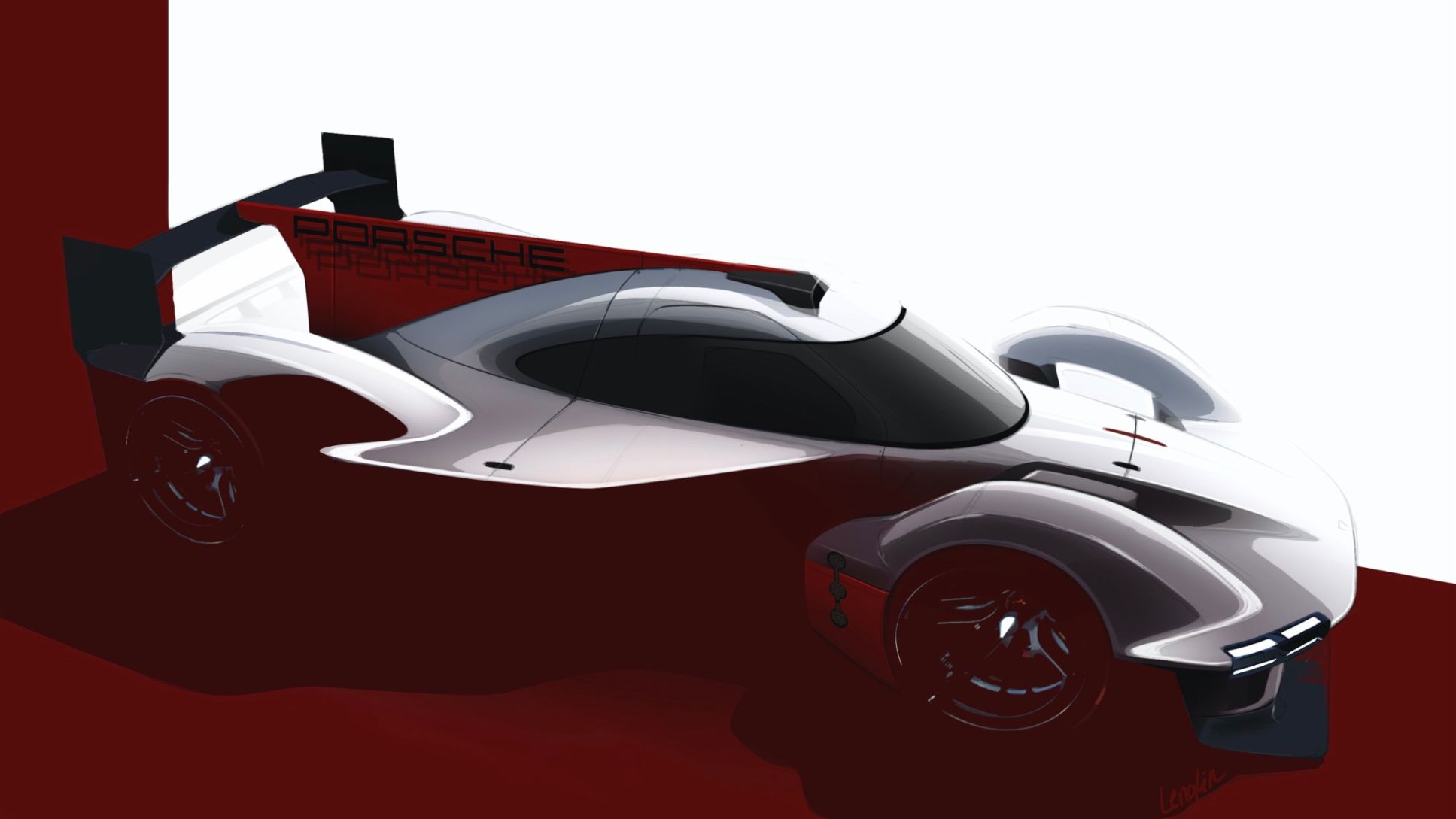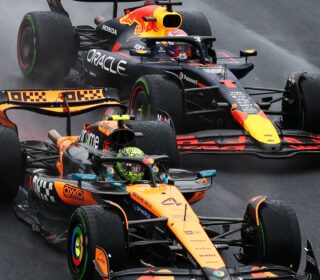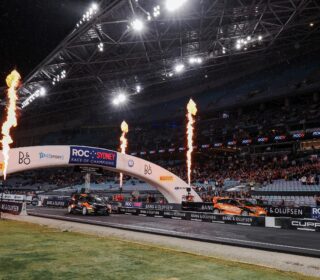What’s the go with Sportscar racing?

AT IT’S highest level, Sportscar racing is remarkable in that at the same time it can be both incredibly exciting and remarkably frustrating all at once.
No other form of motorsport, Formula One included, can at the same time produce the kind of captivating racing that regularly sees the Daytona 24 Hour decided by margins counted in the seconds yet also look so utterly rudderless to uninformed observers.
While F1 has always been the top dog, sometimes despite itself, and IndyCar has gradually reclaimed lost ground since the 1996 split, Sportscar racing has evolved to exist in a series of peaks and troughs that range from remarkable highs to lows that make you wonder for the future of top-flight endurance racing full stop.
Witness the FIA’s World Endurance Championship as an example.
Go back just six years and you were faced by a titanic, manufacturer-backed battle between some of the most impressive racing cars ever constructed; Porsche, Audi and Toyota throwing F1-style budgets and resources at remarkable Hybrid-fuelled Prototypes driven by bone fide F1 heroes like like Mark Webber.
You had the privateers like Rebellion nipping at the works teams’ heels, an enormous LMP2 fight and four brands represented in the GTE-Pro category (five when Corvette came to play at LeMans) and a pretty remarkable show overall.
2021, however, is far from that peak of Sportscar racing excellence.
For a casual observer the WEC isn’t particularly appealing at the moment, thanks mainly to the introduction of the new LeMans Hypercar regulations that has made Australia’s Covid-19 Vaccine rollout look positively efficient.
Though they are still winning, Toyota are battling to out-qualify the LMP2 cars, Glickenhaus aren’t very competitive and Alipine’s single entry was a last-ditch addition in the form of a modified previous-gen car. Aston put their prototype entry with the Valkyrie on hold to focus on their F1 team (and profitability of the road car firm, one would assume) while ByKolles don’t look like running until ’22.
Aston is also gone from GTE Pro – now left to just the AF Corse’ Ferraris and the factory Porsche’s – and the whole thing is probably saved by the highly competitive GTE-Am and LMP2 battles.
The problem is, you can get those in the European LeMans series (and generally with better racing).. so what’s the point?
Across the ditch IMSA have done a better job of managing their peaks and troughs thanks to the Americans’ ability to put a better balance between the hardcore manufacturer spending and actually putting on a competitive show.
The DPi 2.0 Formula, based on LMP2 cars but with manufacturer-supplied powertrains and bodywork, has been hugely successful and allowed brands like Cadillac, Acura and Mazda to race while privateer / customer entries can also show up and win races should they do a good job.
Having said that, Mazda is out at the end of this year while IMSA are ditching the GTE category all together next year; a lack of entries meaning they are instead electing to establish an all-pro class of their GT3-based GT Daytona category.
Sensible, though I’ll shed a tear if it means the end of the Corvette’s (on the flipside, a GT3-version of the C8 means we’ll see it at Bathurst, surely..).
Fortunately, and its here where the usual TRT optimism kicks in, it seems like things are about to explode on both sides of the water and Sportscar racing could be a few years from its highest peak yet.
While Peugeot’s news that they would be returning to Le Mans was a good story, the biggest news of all that Ferrari will be returning as well – confirmation that resources no longer needed thanks to Formula One’s budget cap would instead be diverted to a Le Mans Hypercar program due to launch in 2023.
There’s not been a much larger bit of news in Sportscar racing for some time, though a subsequent joint announcement from two titans of the sport – Roger Penske and Porsche AG – came pretty close for impact.
Reindling a successful partnership that dates back decades, Penske will lead Porsche’s return to not only the French 24 hour classic, but top-level racing in the ‘States too. Penske+Porsche will double up in WEC and IMSA in a couple of years with a LMDh (LeMans Daytona Hybrid) package.
The IMSA-conceived LMDh package marries the current concept with a standardised Hybrid package for 2023 and it’s done plenty to bring the brands back.
As well as Porsche, Audi have also confirmed their return via the LMDh regulations and BMW announced their participation only last weekend.
As someone said a long time ago, The Germans are coming!
Mazda might be out but you can bet Acura (Honda) will be back, as will GM with their successful Cadillac brand. Or will they go Corvette in the top class, now that GTE is not a thing?
And then there’s the juicy chat that McLaren are interested and rumours that Lamborghini will enter the US-based series refuse to go away.
Of course, the key to all of this working properly is IMSA and the FIA / WEC people doing a good job of what is rather grandiosely called ‘Convergence’ – ensuring the high-tech, ultra-techy and expensive Hypercars from the WEC and the more low-tech, standardised LMDh entries from IMSA are able to compete head to head.
If – and I stress ‘If’ because it’s an enormous job – they get it right, we can all have the right to imagine just what a Rolex 24 at Daytona or a 24 Hours of Le Mans would look like with Toyota, Audi, Porsche, Peugeot, BMW, Acura, GM, Alpine, Glickenhaus, ByKolles and others all carving it up at the front of the field.
And that’s without the other brands suggested to be entering.
If it can happen, those big around-the-clock enduros in Florida and France, respectively, could represent the very highest peak SportsCar racing has ever reached.
Keeping it there will be another story.. but in the short term it stands to be a golden era.
We just have to wait a few years for it to get here.







